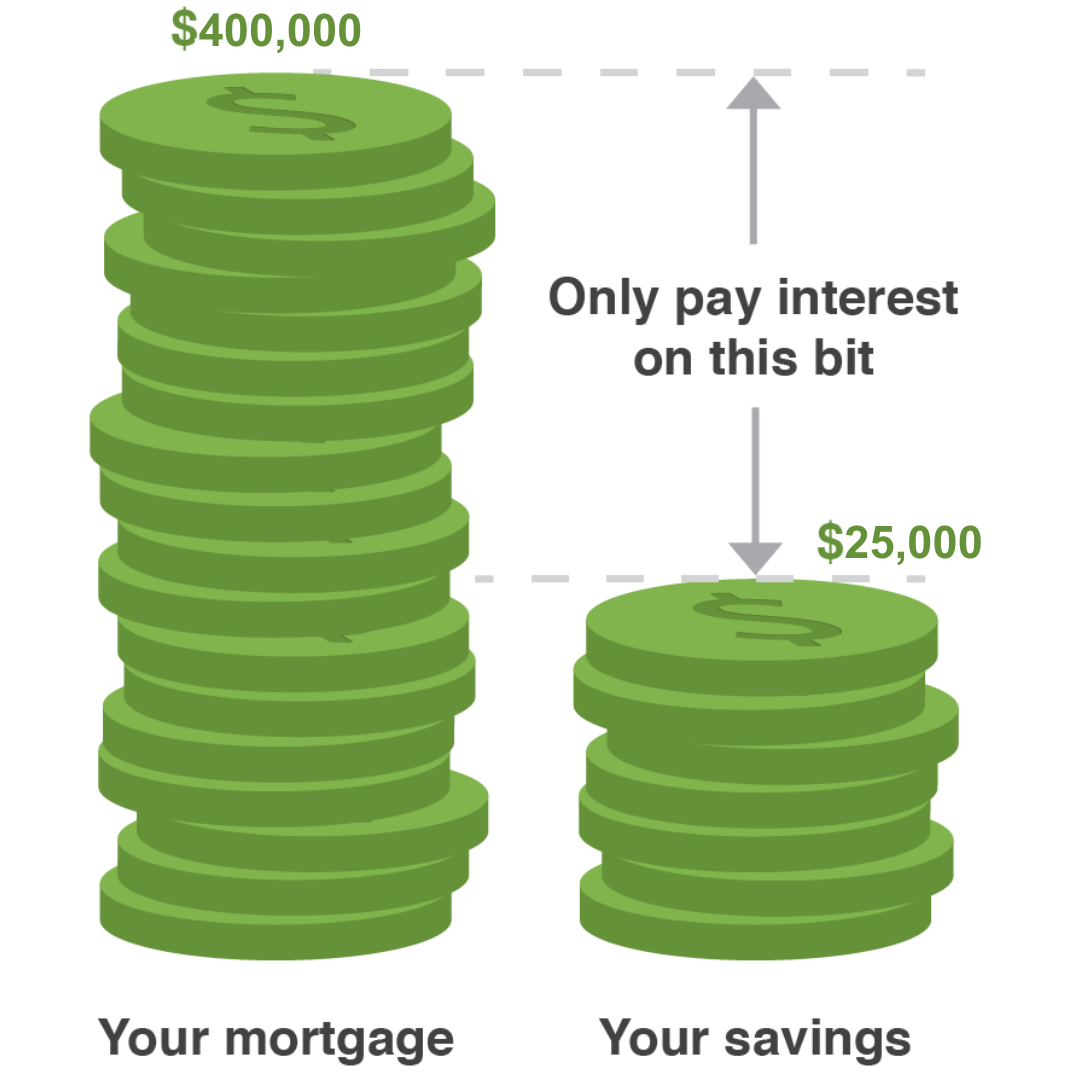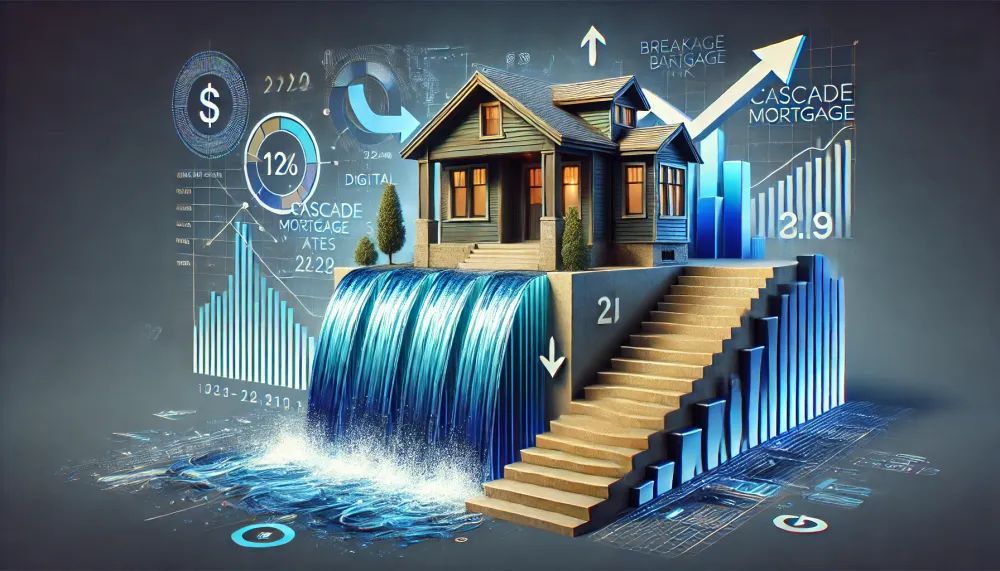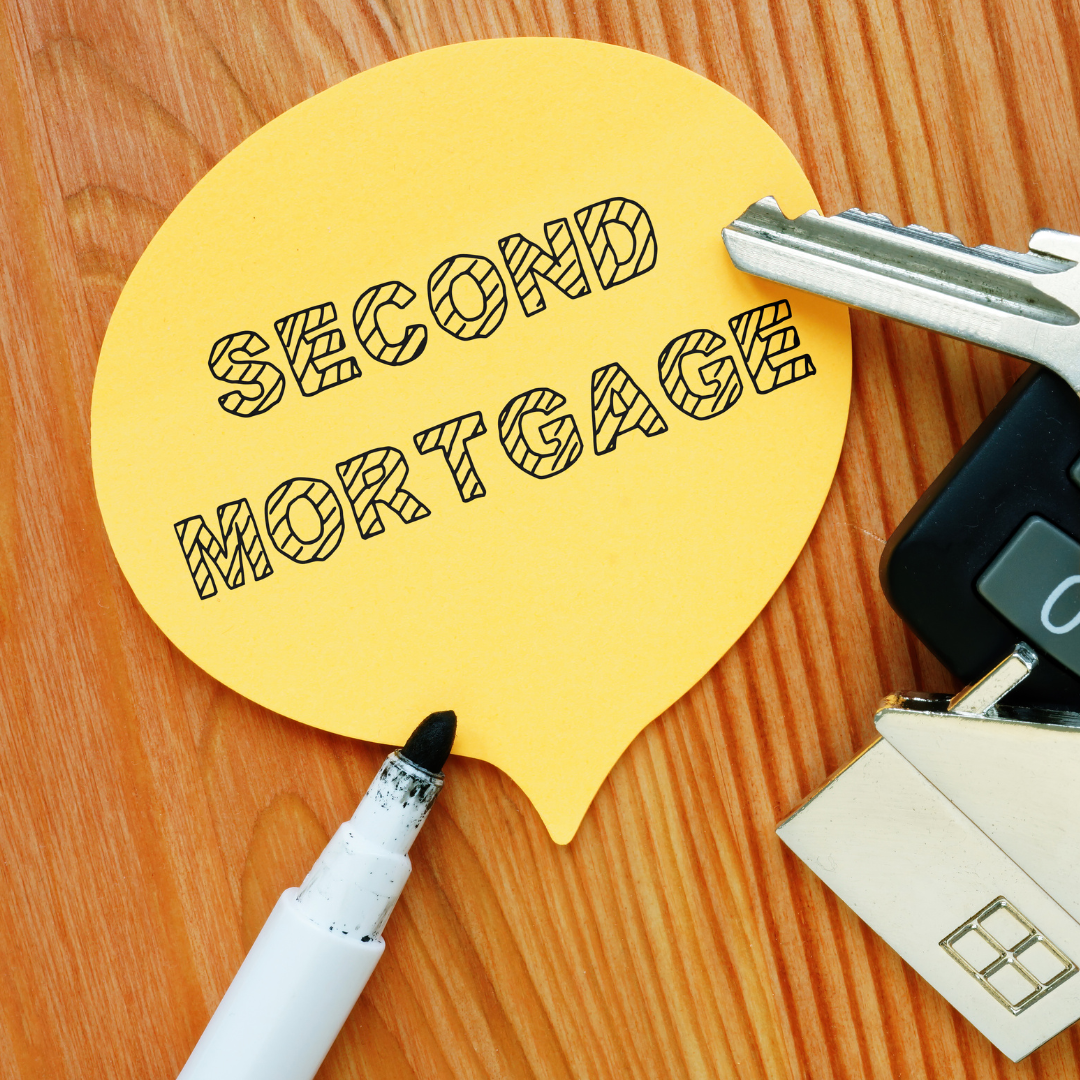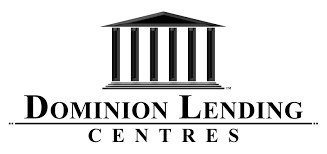By Matt Robinson
•
March 7, 2025
In a declining interest rate environment , smart homeowners aren’t waiting for their mortgage renewal to take action—they’re locking in savings now. The Cascade Mortgage Strategy is a tactical approach that lets you progressively lower your borrowing costs while protecting against future rate hikes. Instead of sitting on a fixed rate for an entire term, you prepay portions of your mortgage and reset them at lower rates as they become available. This setup provides a practical framework for implementing the Cascade Mortgage Strategy, allowing you to make strategic prepayments while maintaining a sufficient buffer for emergencies and other financial needs. Here's how it works. For the sake of this illustration, let's assume you own a property valued at $1,000,000. You require a mortgage of $500,000. We set up a home equity line of credit (HELOC) on top of this for $150,000. Property Value: $1,000,000 Mortgage Amount: $500,000 HELOC Limit: $150,000 Annual Prepayment Privileges: 20% of the original mortgage balance annually ($100,000) Initial Setup: Work with us to secure a $500,000 mortgage on your $1,000,000 property, ensuring you have a $150,000 HELOC in place. This gives you a $650,000 overall credit limit. We must ensure the lender offers flexible prepayment privileges, allows for multiple mortgage components, and provides the option to re-amortize your mortgage after each prepayment. Step-by-Step Process: At the end of the first year, use the HELOC to make a 20% ($100,000) prepayment on your mortgage, reducing your balance from $500,000 to $400,000. Immediately reset the $100,000 HELOC balance into a new mortgage component, ideally at a lower interest rate than your original mortgage. Rinse and repeat annually. After each prepayment, you have the option to either reduce your monthly payments or maintain them at the original level. If you choose to reduce the payments, this will improve your cash flow each month. Alternatively, by keeping your payments consistent, you'll accelerate the reduction of your principal, allowing you to pay off your mortgage more quickly. Interest Rate Decline with Each Prepayment This strategy obviously works best in a declining interest rate environment. However, even in a relatively stable interest rate environment, the strategy still offers benefits by improving cash flow and accelerating principal repayment. Each year, after making the prepayment, the homeowner resets the $100,000 HELOC balance into a new mortgage component with a lower interest rate. The decline in interest rates is attributed to both market conditions and the shorter terms selected for the new components. End of Year 1 - The new 4-year term rate is 4.25%, a 0.75% decrease from the original 5% rate. End of Year 2 - The new 3-year term rate is 3.50%, another 0.75% decrease from the Year 1 rate. End of Year 3 - The new 2-year term rate is 3.25%, a 0.25% decrease from the Year 2 rate. End of Year 4 - The new 1-year term rate is 3.00%, a 0.25% decrease from the Year 3 rate. These declines reflect both a general reduction in market rates and the typical savings associated with selecting shorter-term mortgages at each interval. The Results To truly appreciate the benefits of the Cascade Strategy, it's important first to understand what happens when this strategy is NOT employed. In a typical mortgage scenario, a homeowner with a $500,000 mortgage at a 5% interest rate, amortized over 30 years, would make consistent monthly payments over the term of the mortgage. After five years, the numbers look like this: Total Payments Made: $160,107.00 Total Interest Paid: $118,915.80 Principal Paid: $41,191.20 Outstanding Balance (end of term): $458,808.80 In this scenario, a significant portion of the homeowner's payments goes toward interest, with relatively modest progress in reducing the principal balance. Now, let's consider the same homeowner, but this time, they implement the Cascade Strategy. By the end of the five-year term, the results are notably different: Total Payments Made: $160,107.00 (unchanged) Total Interest Paid: $105,618.23 Outstanding Balance: $445,511.23 Principal Reduction: $13,297.57 Net Effective Rate: 4.45% (0.55% Reduction) The total interest paid with the Cascade Strategy is $105,618.23, which is $13,297.57 less than what would have been paid without the strategy. This reduction in interest costs is a direct result of leveraging lower interest rates on the newly created mortgage components, which are set up after each annual prepayment. By the end of the five-year term, the outstanding mortgage balance is $445,511.23, compared to $458,808.80 without the strategy. This $13,297.57 reduction in the outstanding balance indicates that the Cascade Strategy not only saves money on interest but also accelerates the repayment of the principal. This means that homeowners using this strategy are closer to paying off their mortgage sooner, reducing the overall term and financial burden. This case study demonstrates that the Cascade Strategy can be an effective and powerful tool for homeowners looking to optimize their mortgage and improve their financial outcomes. By strategically making prepayments and resetting those amounts into new mortgage components at lower rates, homeowners can achieve substantial interest savings, accelerate their mortgage repayment, and reduce their outstanding balance—all without increasing their total monthly payments.



